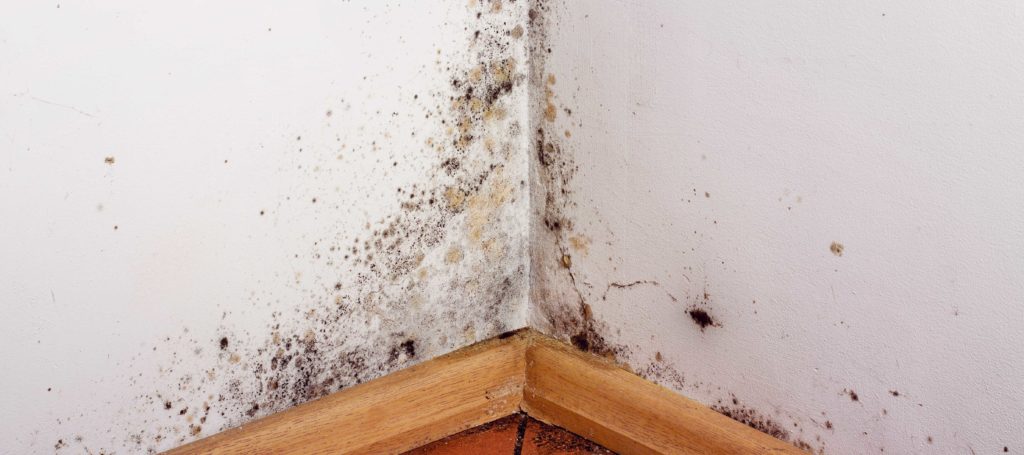Drywall Is Prime Breeding Ground For Mold Infestation in Springfield Missouri
In the summertime, when the clouds roll in and the sky start to get dark, many people look forward to thunderstorms. Some people find them relaxing when they’re sleeping at night and others enjoy watching the lightning and pouring rain and listening to the crackling thunder.
Strong storms with high winds or lots of lightning can be dangerous, but most summer thunderstorms are generally enjoyed when you’re safe and dry inside your home.
But what if your house had roof issues in the past? Or if your chimney has been known to leak? Do you have an unfinished basement that floods whenever it rains too hard? If you experience these types of issues, then rain storms of any kind aren’t nearly as enjoyable if you have to worry about your roof or basement leaking.
Unwanted water getting inside your home is never good, but especially when the direct result can be lead to a mold infestation. Mold growth can occur on almost any kind of material or substance you can think of, but one of the prime breeding grounds for mold infestation is drywall.
Why is mold growth on drywall such a problematic issue? For starters, your home is likely made up of mostly drywall. Look around your home and you’ll most likely see that your walls and the ceiling above are all drywall. So, what is drywall exactly and why is it worse for mold infestation than other building materials?
When it gets wet, drywall essentially becomes mold food. Drywall consists of gypsum material sandwiched between two paper boards. Gypsum is a powdery white sulfate material. Since the materials that make up drywall are extremely porous, when drywall gets wet, it soaks up water and provides the perfect food and water source for mold growth. If moisture continues to be present, the mold spores have an unlimited supply of food and water to continue growing more and more.
Another reason wet and moldy drywall is so bad is that it’s one of the most common areas for toxic mold growth. Stachybotrys Chartarum, otherwise known as “black mold”, thrives on materials with high cellulose content such as drywall made of paper and gypsum. This will require the drywall to be removed and replaced, which also causes costly repairs and the risk of spreading airborne mold spores during the mold removal process.
So when the thunder starts rolling in, you better not have any leaks inside your home causing you to have wet drywall or you are sure to have a mold infestation over time. If you’re having issues with wet drywall inside your home, call Dog Gone Mold to assess the situation for you.
